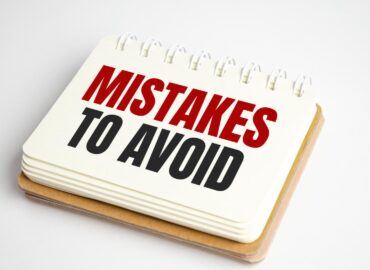The Talent Impact Equation: Quantifying Your HR ROI
In the world of HR, we champion the human element of business. We focus on building a thriving workforce, fostering engagement, and nurturing talent. But in today’s data-driven landscape, justifying our initiatives requires going beyond passion and anecdotes. We need a compelling narrative – one built on numbers. Enter the Talent Impact Equation: a framework for quantifying the return on investment (ROI) of your HR programs.
Traditionally, HR ROI has been a murky concept. How do you measure the impact of a strong company culture on revenue? The Talent Impact Equation tackles this challenge by dissecting the value proposition of your HR initiatives. Here’s how it breaks down:
Talent Impact = (Performance Improvement + Retention Boost) – Program Cost
This formula is deceptively simple. Let’s unpack each variable:
- Performance Improvement: This captures the increased efficiency, productivity, or quality directly attributable to your HR programs. Think of it as the additional revenue generated by a well-trained sales team or the cost savings achieved through a streamlined onboarding process.
- Retention Boost: High turnover is expensive. A strong talent management strategy that fosters engagement and reduces churn directly translates to cost savings.
- Program Cost: This encompasses all the investments associated with your HR initiatives – training programs, employee wellness programs, recruitment costs, etc.
By calculating these factors, we arrive at a tangible ROI figure. A positive ROI signifies that your HR programs are generating a return on investment, demonstrating their strategic value to the organization.
Also read: The Talent Impact Equation for Smarter HR Decisions
The Power of “Show, Don’t Tell” for HR ROI
The Talent Impact Equation isn’t just about numbers; it’s about empowering HR professionals. Armed with data, we can move beyond simply advocating for our programs. We can speak the language of the boardroom, presenting a clear picture of how HR contributes to the bottom line. This data-driven approach fosters collaboration between HR and other departments, ensuring our initiatives are aligned with overall business goals.
Putting the Equation into Action
While the formula itself is straightforward, the success of the Talent Impact Equation hinges on data collection and analysis. Here are some tips to get you started:
- Identify key performance indicators (KPIs): These are metrics that directly measure the impact of your HR programs. For example, to quantify performance improvement from a sales training program, you might track increased sales figures.
- Leverage existing data: Many HR departments already collect data on employee performance, turnover rates, and training costs. Utilize this data to inform your calculations.
- Seek collaboration with finance: Partnering with the finance department can ensure you’re using consistent methodologies for cost calculations.
𝐁𝐨𝐨𝐤 𝐚 𝐝𝐞𝐦𝐨 𝐭𝐨𝐝𝐚𝐲: https://peopleblox.io/
The Talent Impact Equation is a powerful tool for showcasing the strategic value of HR. By translating our efforts into a clear financial language, we can secure the resources and support needed to build an even stronger, more talented workforce. After all, in today’s competitive landscape, talent is the ultimate differentiator, and quantifying its impact is the key to unlocking its full potential.



